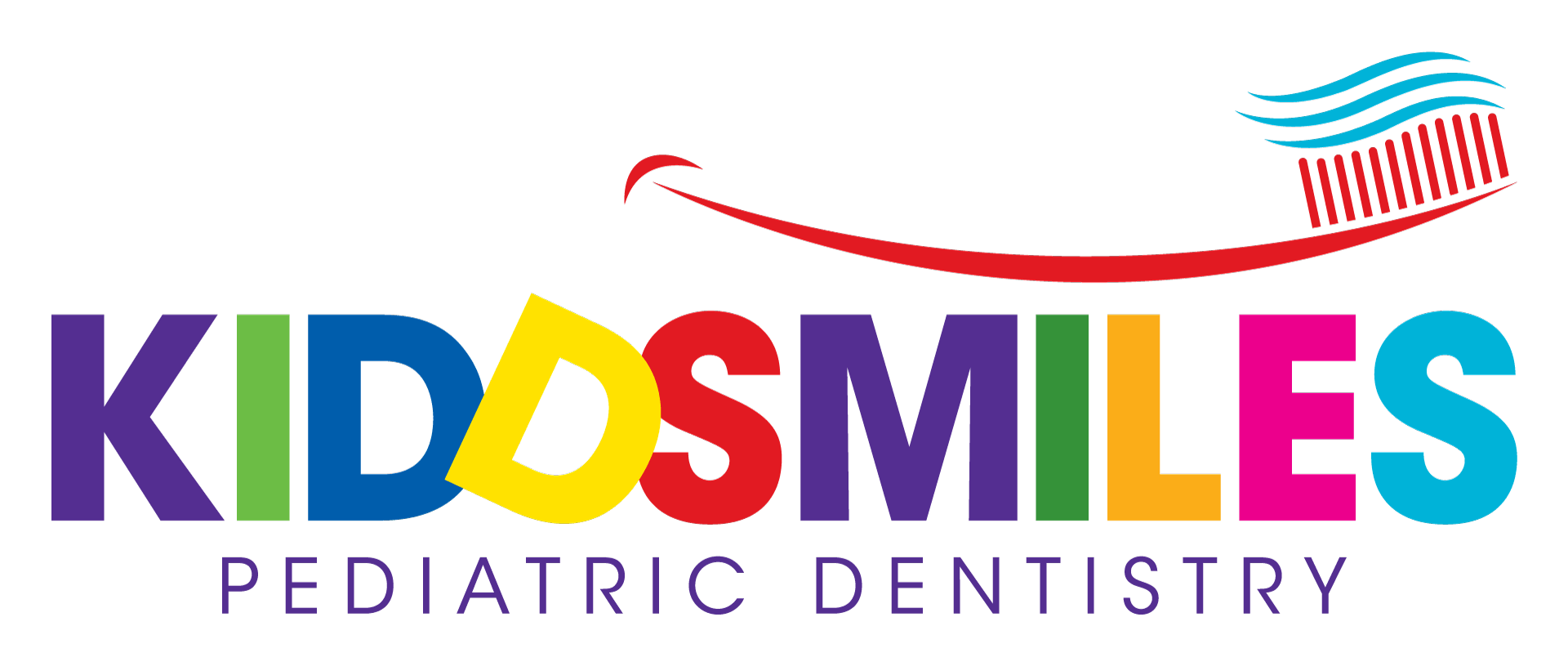POST-OP CARE
Post Op Instructions
-
Following Local Anesthetic
After the procedure, children will experience numbness for about 1-3 hours. Do not allow your child to chew during this time.
It is common for your child to experience discomfort – encourage him/her by saying that the feeling will go away before lunch or dinner time.
It is important for parents not to allow children to bite or poke at their lips, cheeks or tongue. Try to keep the gauze in and only allow children to have something soft to eat/drink that does not require chewing. For example, apple juice, smoothies, ice cream, soup, apple sauce, etc.
-
Following Sedation
Common side/after-effects of sedation may include some listlessness, dizziness and possibly an upset stomach. Drowsiness is very common, make sure to remove any gauze from your child’s mouth before he/she takes a nap.
It is relatively common for your child to appear somewhat agitated as the medications are metabolized. As the medication wears off, the child will return to his/her normal state of responsiveness.
Minor dizziness tends to wear off gradually, but it is advised that you watch your child closely following sedation. The child should not be sent back to school following the appointment and should remain indoors for the remainder of the day resting. No physical activity is recommended following a sedation procedure.
After the procedure, while transporting your child home from the office, please be sure to safely secure your child in his/her child-seat or seatbelt. We STRONGLY recommend a second adult be present to assist during the transport of your child from our office.
Activity:
It is recommended that your child rests for the remainder of the day. Try to provide a restful environment to foster your child’s relaxation. Closely supervise all activities as coordination and judgment may be impaired for up to 24 hours after sedation.
Diet:
For the first 24 hours following your child’s procedure, it is recommended that you keep your child well hydrated. Clear fluids foster maximum hydration (Gatorade, apple juice & water). The next day, follow a softer diet, only allowing foods that require little to no chewing (mashed potatoes, pudding, spaghetti, ice cream, etc.)
-
Following Extractions
After a tooth extraction, your child should bite the gauze pack provided for at least 10 minutes, remove and replace with a new pack every so often. If the bleeding persists for more than an hour, soak a black tea bag in warm water, wrap it in gauze and have your child bite on it. This may help the bleeding subside faster.
For the first few hours after the tooth extraction, it is recommended that you apply an ice pack to the side of your child’s face on the side of the extraction. Keep the ice pack on for 20 minutes at a time and give a 10 minutes rest period between applications. Wrap the ice pack in a dry towel or wash cloth to avoid excessive cold.
Do not allow your child to chew for at least 1-3 hours following the procedure to allow the local anesthetic to wear off. Rinsing, spitting, sipping through a straw and/or carbonated beverages will prolong bleeding and should be avoided for the rest of the day following an extraction.
For the remainder of the day, only allow your child to consume soft foods so as not to irritate the extraction area. Your child may resume with his/her normal diet the day after the procedure. You may also begin with salt water rinses the day following the procedure (1 teaspoon salt in a cup of warm water). It is normal for the saliva to be slightly pink for the first 24 hours after an extraction; it should subside within 24 hours.
-
Following Fillings/Crowns
Be sure that your child does not bite the cheek, lips or tongue following this procedure. Gauze will be provided to aid in the prevention of cheek, lip and tongue biting. For the first 2-3 hours after the procedure, do not allow your child to chew. Only allow food that doesn’t require chewing and liquids. For the first 24 hours after the appointment, your child should follow a soft food diet. Avoid sticky foods if a stainless steel crown is inserted – it is normal for the tissue around the crown to look bruised for a few days following the procedure. As with an extraction, it is common for the saliva to be pink or discolored immediately following the insertion of a crown or filling. This will subside within 24 hours.
It is also common for your child to have increased sensitivity in his/her teeth following these procedures. Typically, the teeth will be most sensitive immediately following the appointment and the sensitivity should subside within 48 hours. In some rare cases, it can take several weeks to diminish. Chewing and thermal sensitivity is not unusual. This is usually most pronounced the first 24-48 hours. Rarely, this sensitivity may take several weeks to gradually diminish.
-
Following Sealants
A sealant is a clear or white coating that seals the deep grooves on the chewing surfaces of your child’s back teeth. Sealants work to prevent decay. It is normal for your child’s bite to feel somewhat “high” after a sealant is administered. Obviously, this feeling affects some children more than others. The longevity of a sealant varies with each individual child. Bite patterns, teeth grinding (bruxism), ice/hard candy chewing and bacterial plaque levels are some of the variables in the longevity of a sealant.
Following a sealant procedure, soft drinks are no longer recommended as even an occasional treat. The bacteria in your child’s mouth convert the sugars in soda to acid on teeth, this acid not only decays your child’s teeth, but also wears away the sealant. Our goal in using dental sealants is to maintain tooth structure and promote a lifetime of healthy teeth.
General Instructions
Administer Ibuprofen (Advil/Motrin) or Acetaminophen (Tylenol) for discomfort before the anesthetic wears off if extensive treatment has been performed. Give another dose 4-6 hours later if necessary. Do not exceed the recommended dosage in a 24 hour period.
After 24 hours, carefully brush teeth. It is important to keep the teeth and mouth clean as it aids in the healing process. If the gums are tender, run toothbrush under warm water to soften the bristles. Use bland toothpaste.






